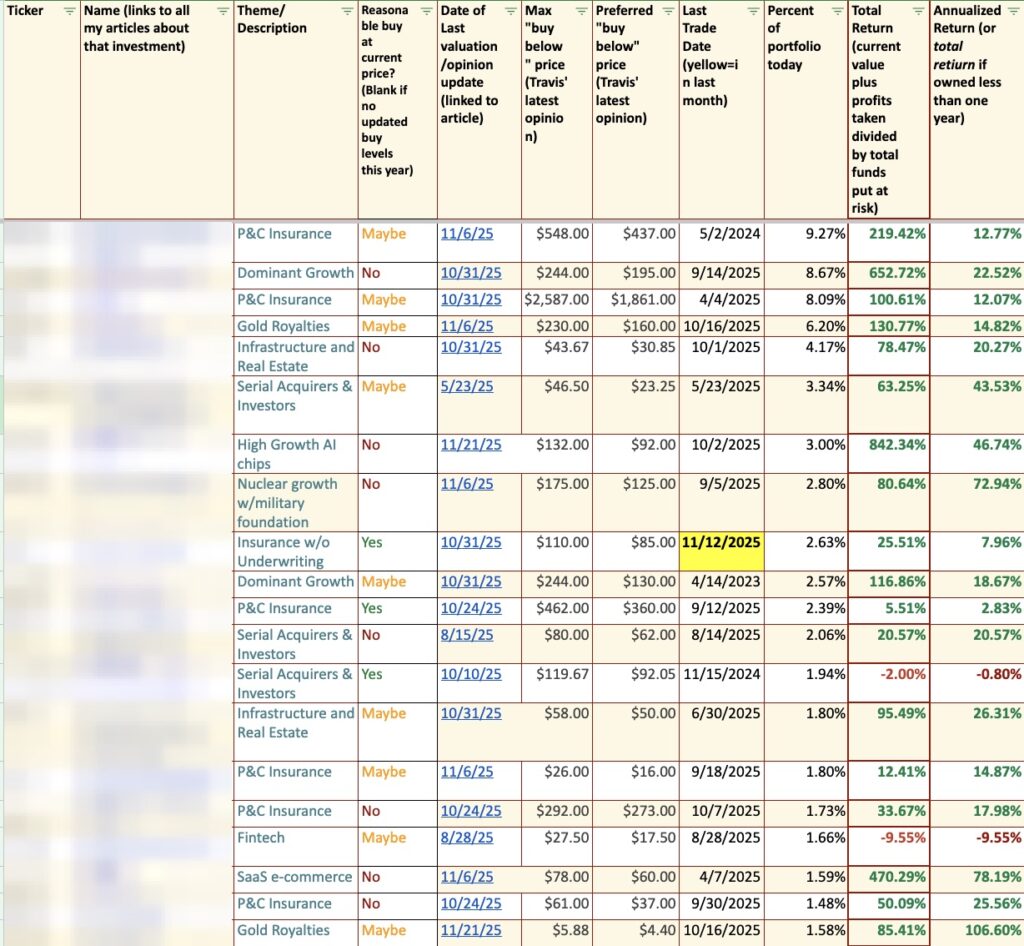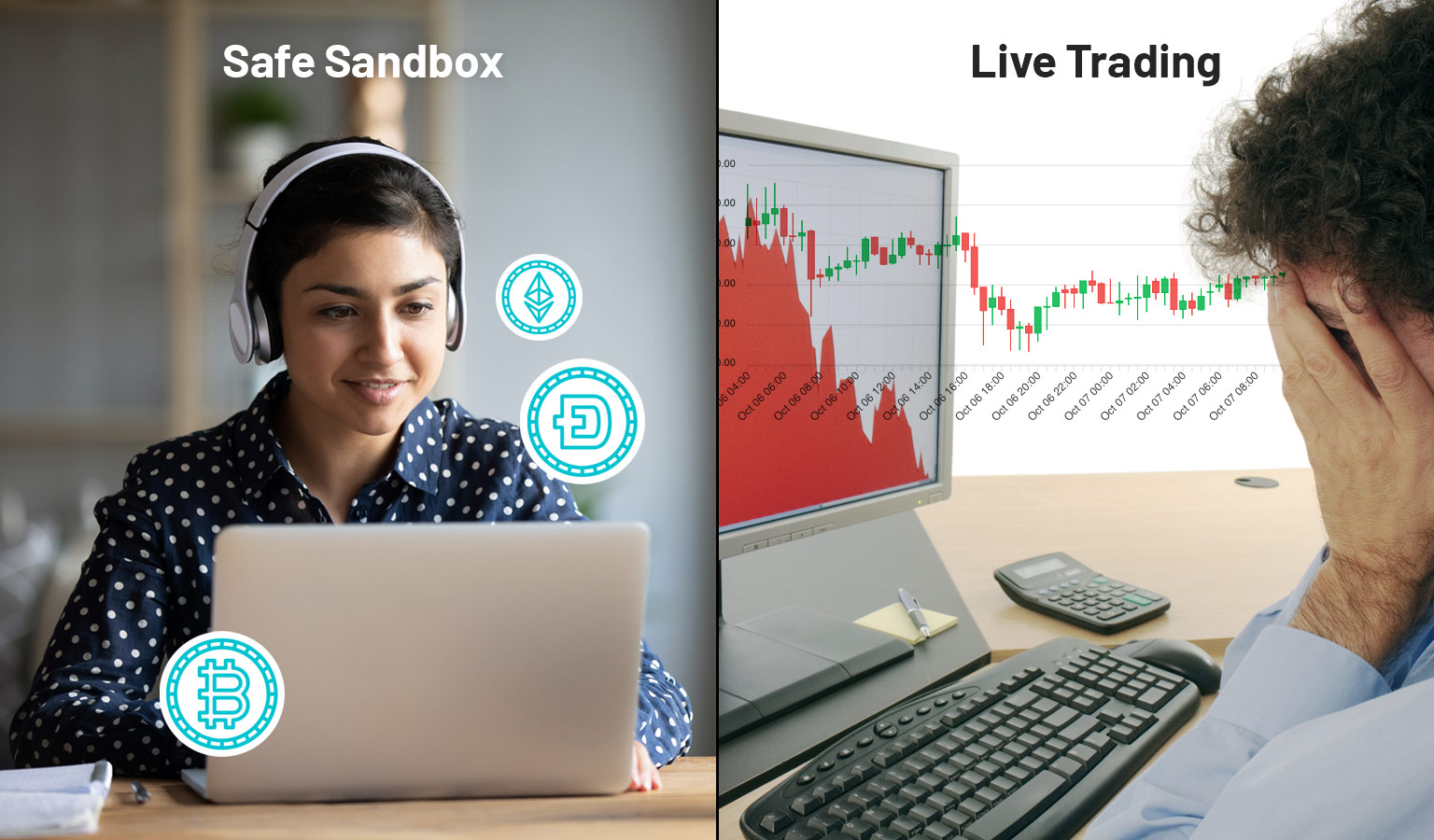We all want to think of ourselves as stock gurus whose every pick is destined for quadruple-digit returns. So we scour SEC filings, stay abreast of every economic indicator, and stare at charts until the lines start to dance, but that still isn’t enough to guarantee the kind of big gains that’ll earn us a ticket to the upper class.
The fact is that there are just too many facts out there for any one person to parse. We’re living in a time where information is as prevalent as oxygen, and we can only take in so much before we get dizzy and need to lie down for a little while. Getting the right information is crucial if you want to be a successful investor, so what do you do if you think/know you’ve missed something?
There are almost as many sites and services that provide stock research and analysis out there as there are stocks to research and analyze. They all have their own unique selling points, specialties, and track records, and it isn’t easy sifting through the stack to find a service or two that really works for you.
Now, we don’t have time to talk about every such service out there, so let’s focus on two of the top dogs in the game: Seeking Alpha and TipRanks.
What do Seeking Alpha and TipRanks have to offer? What are their unique selling points? Are either and/or both of them worth shelling out for premium subscriptions? Let’s find out.
Seeking Alpha
Seeking Alpha bills itself as the world’s largest investing community. It’s got a lot of the same data streams, news feeds, market updates, and individual stock statistics that you’ll see on sites as basic as Yahoo! Finance, but that’s just the tip of the iceberg.
The site is home to over 7,000 qualified contributors who provide regular investing ideas, research, analysis, and reports that cover every inch of the market. Its crowdsourced approach to investing has helped it grow from a tiny outlet back in 2004 to a global concern that attracts over 20 million unique visitors every month, and it doesn’t show any signs of slowing down.
On top of the (frankly ridiculous) amount of research and analysis continuously finding its way to the platform, Seeking Alpha uses a combination of industry expertise and quantitative algorithms to provide its users with actionable insights you can’t find anywhere else. Take all that, add in the ability to talk to and learn from investors all around the world, and sprinkle on some professional-grade investing tools, and you have a recipe for one of the best investing sites on the web.
Seeking Alpha offers three membership tiers:
Free
Premium:
$239/year
Pro:
$2,400/year
For more in-depth information on Seeking Alpha, read our Seeking Alpha review.
Pro Tip:
Seeking Alpha crowdsources investor sentiment and in-depth stock analysis to tell you which stocks to buy and sell to help increase your portfolio gains. Right now, you can GET SEEKING ALPHA FOR 58% OFF!
TipRanks
TipRanks does things just a little bit differently. It’s sort of a reverse-crowdsourced platform; instead of financial professionals contributing their own advice and analyses, TipRanks actively tracks and measures the performance of professionals across the financial spectrum and publicizes the information for their users. According to TipRanks, you can find over 96,000 different professionals’ performance records on the site. There are fund managers, financial bloggers, analysts, corporate insiders, and pretty much any other kind of financial professional you can imagine.
How do they get all that information, you ask? Great question. Let us know if you figure that one out.
Having all that information on the performance of blogs, financial advisors, analysts, and so on is great if you want to compare your own portfolio’s performance to theirs for ego-boosting reasons, but the real value comes from the ratings that TipRanks assigns to every expert they track.
TipRanks takes note of every expert recommendation and transaction they get wind of, watch to see how it turns out, and assign each expert a star rating based on their success rate, average return, and statistical significance. Professionals with higher star ratings are right more often, which means finding the right advice is as easy as scrolling through a list or two.
TipRanks has two membership tiers:
Free
Premium:
$29.95/month for one year, $19.95/month for three years
What They Have in Common
Seeking Alpha and TipRanks share some of the same functionality. For instance, both have:
- News feeds
- Live market data
- Some portfolio analysis
- Stock screeners
- Research and analysis
- Free and paid versions
- Stock ratings
- Community features
Some of these features are common to pretty much every stock research or investing news site out there. You can find news feeds, market data, stock information, etc on free sites like Yahoo! Finance and Google as well as the priciest stock research there, so the fact that the list of commonalities between Seeking Alpha and TipRanks is so long doesn’t actually tell you that much.
What’s the Difference?
If you look closer, you’ll quickly find that Seeking Alpha and TipRanks do things very differently, even when it comes to features that they have in common.
Take the two sites’ news feeds, for example. Most stock research and advice sites have news feeds, but most of those sites aggregate their feeds from a bunch of third party publications. Seeking Alpha and TipRanks don’t. Both sites have in-house (or freelance) writers who produce the content specifically for their respective news feeds, which means you’ll often get very different perspectives, opinions, focuses, and levels of analysis.
And speaking of analysis, the way the two sites approach research and analysis may be one of the biggest ways they differ.
Pro Tip:
Seeking Alpha crowdsources investor sentiment and in-depth stock analysis to tell you which stocks to buy and sell to help increase your portfolio gains. Right now, you can GET SEEKING ALPHA FOR 58% OFF!
Analyzing Analysts’ Analyses
Seeking Alpha sources analysis from any investors and analysts that are interested in writing about any given stock and its prospects. This often means you’ll find posts by trusted contributors who take deep looks into the stock’s fundamentals.
The length and depth of each analysis differs based on the writer’s perspective and how much they want to say, but you can usually expect to find very thoughtful and well-reasoned arguments as to whether the writer is bearish or bullish about the stock and why they feel that way.
TipRanks goes for more of a “quantity over quality” approach. They’re less concerned with giving soapboxes to analysts with something to say and more concerned with measuring the overall sentiment the market, professional investors, and TipRanks users feel about a company. They care about the fundamentals behind each stock, of course, but they care a lot more about how the most successful investors and analysts feel about each stock’s prospects.
If you don’t feel like digging into the data or reading the analyses yourself, both Seeking Alpha and TipRanks provide rough overviews of their findings in the form of Quant Ratings and Analyst Ratings, respectively.
To an untrained eye, the two different types of ratings may look quite similar. Both tell you the respective site’s overall opinion of a stock and how they think it will do, and both give you a sense of their price targets, but they arrive at their conclusions in very different ways.
Seeking Alpha’s Quant Ratings are proprietary and held behind a paywall, so it wouldn’t be cool to show you one of those, but take a look at this TipRanks stock forecast:
As you can see, the Moderate Buy rating comes from the opinions of two different analysts, both of whom have more or less agreed that its price should climb in the next 12 months. It’s not particularly scientific, though that may not matter when it comes to something as unpredictable as the stock market.
You’ll have to take our word for it or sign up yourself, but Seeking Alpha’s Quant Rating system is based almost entirely on data, quantitative analysis, historical trends, and prevailing market forces. It’s much more scientific, but it may not be a better predictor for the stock’s prospects than TipRank’s opinion aggregation.
In other words: Seeking Alpha goes all intellectual with it while TipRanks is more of a popularity contest. Which approach is more profitable? Great question. Again, let us know when you figure that out.
Other Strengths
Ok, we’ve established that Seeking Alpha’s main strengths are their Quant Ranks, their crowdsourced analysis, and their community of trusted contributors. They have some other things going for them like their stock screeners, relatively impressive charting features, and so on, but the analysis and crowdsourced wisdom is really their main selling point.
TipRanks is a little different. Their system of tracking, rating, and aggregating the performance of financial professionals is impressive, as is the way they weight their recommendations based on the relative success rate of the professionals making the recommendations. It’s all very cool, but they do other cool stuff too.
Their other biggest and probably most impressive feature is their Smart Portfolios. In addition to the stuff like setting up watchlists and giving you some basic performance and portfolio composition data, the Smart Portfolios loop in all that expert performance and recommendation data that we talked about a second ago.
Not only can you compare your portfolio’s performance against other members of the TipRanks community, you can also compare it against the portfolios of professional traders, see what moves similar investors have made, and generally harvest the best trade ideas from the top investors in the game. It’s almost like having over 8,000 different advisors coaching you without having to pay any of them a dime in commissions.
Pro Tip:
Seeking Alpha crowdsources investor sentiment and in-depth stock analysis to tell you which stocks to buy and sell to help increase your portfolio gains. Right now, you can GET SEEKING ALPHA FOR 58% OFF!
Conclusion
Seeking Alpha and TipRanks have both earned their reputations as sources for actionable insights, solid investing ideas, and the kind of research and analysis that helps you make big plays with confidence.
It’s hard to say which service is better. They both have their strengths, neither have many weaknesses, and you can make good arguments for and against either one.
If you really want to know which would be better for you, ask yourself this: Do you care more about fundamentals or sentiment?
If you care more about the fundamentals, Seeking Alpha is for you. They have all the in-depth fundamental analysis you could ever want, plus all the quantitative reasoning you need to make your inner value investor feel good about the trades you make.
If you care more about sentiment and market trends than underlying data, chances are you’ll have a better time with TipRanks. Their analysis isn’t nearly as thorough as Seeking Alpha’s, but that doesn’t really matter to investors who prefer to trade on prevailing opinions over underlying facts.
















